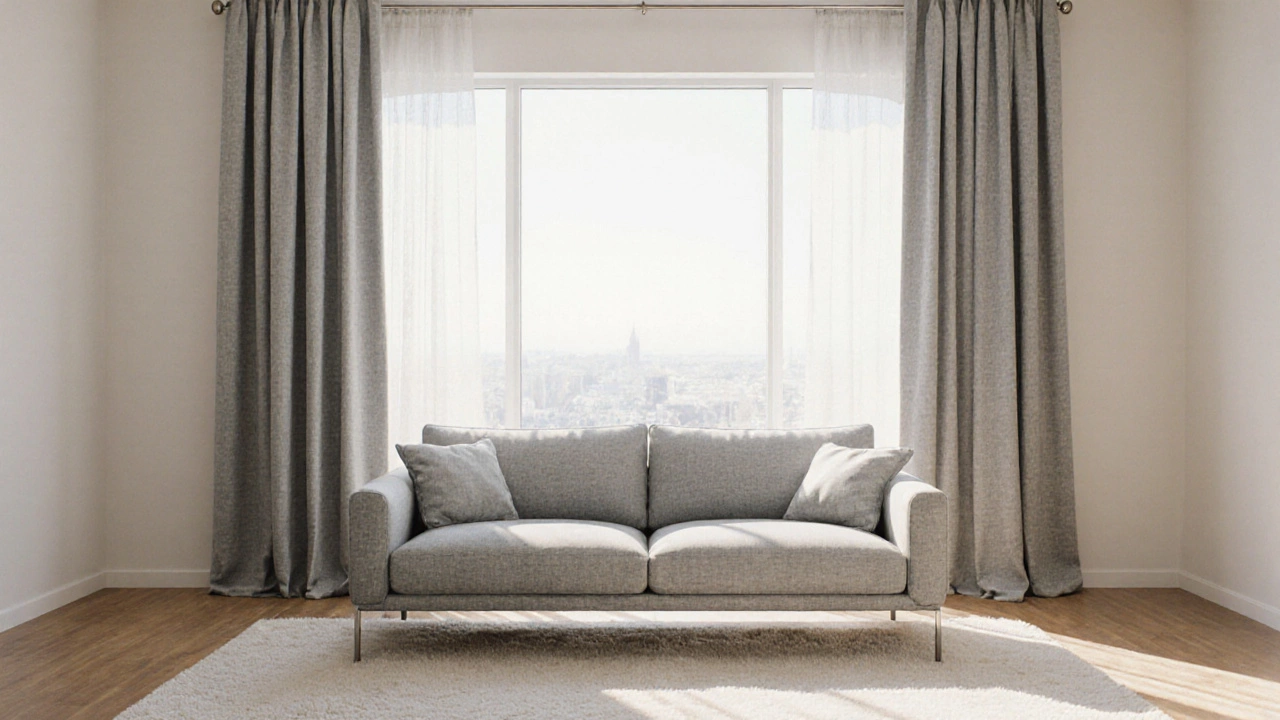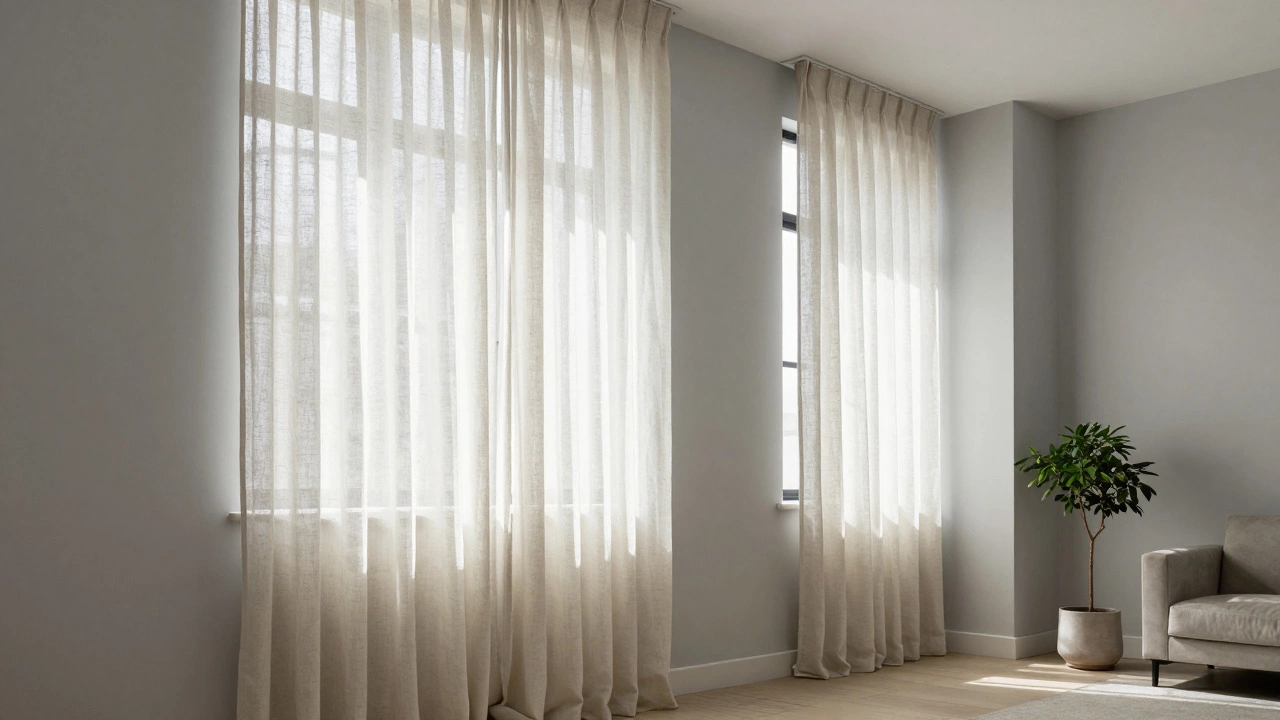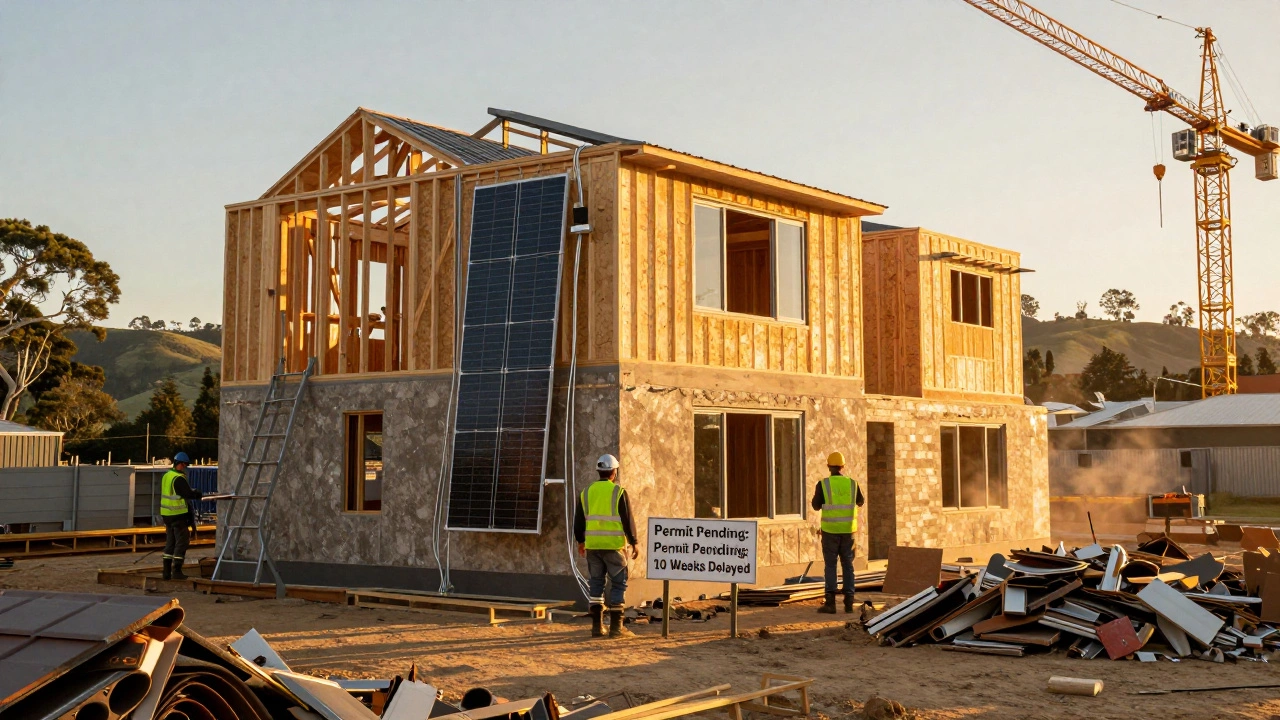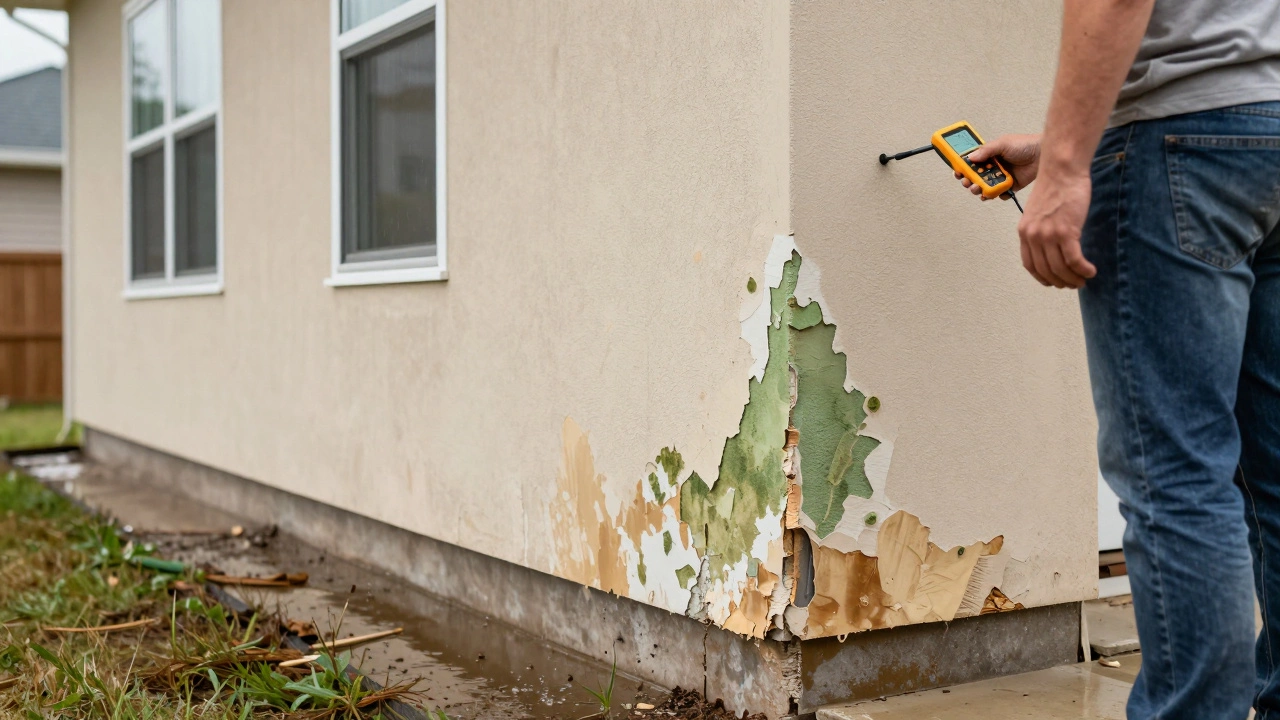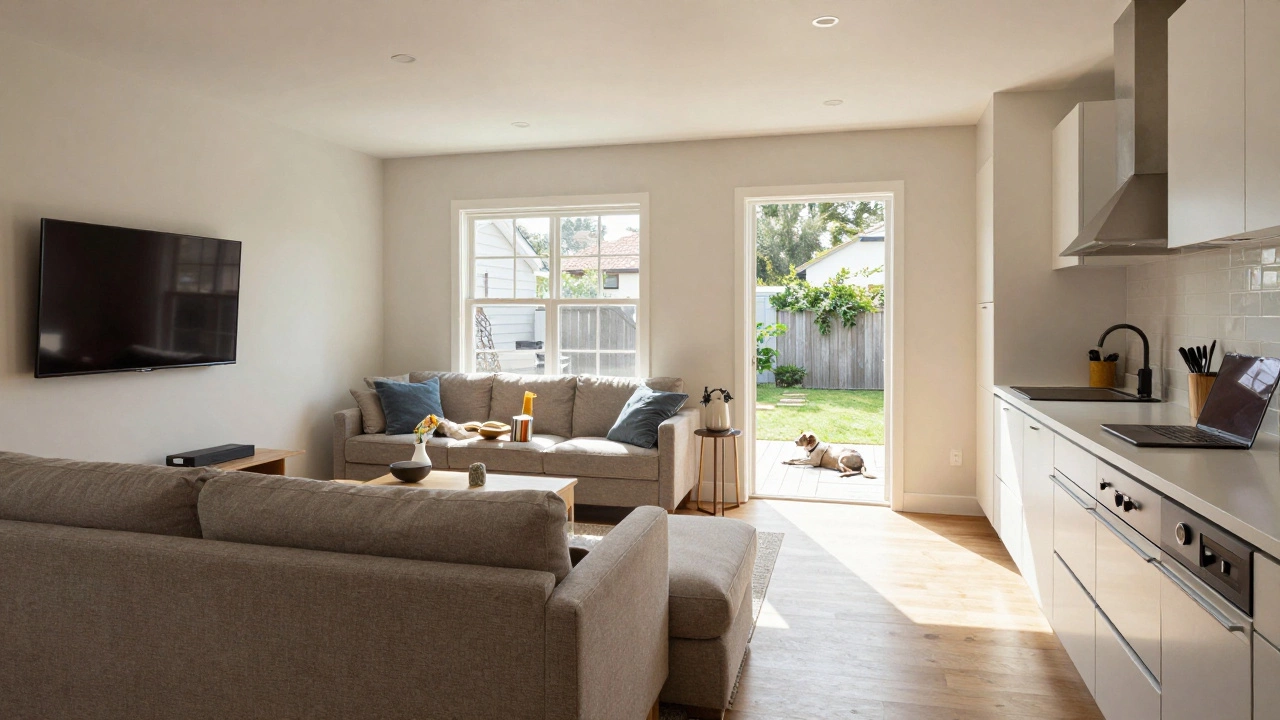Living Room Design: Ideas, Trends, and Practical Tips
When planning living room design, the process of shaping a comfortable, functional, and visually appealing main family area. Also known as living space planning, it blends aesthetics with daily habits and influences how you relax, entertain, and work at home. Good living room design starts with understanding the room’s purpose, the flow of traffic, and the key elements that will anchor the space. Think about where people gather, how natural light moves across the floor, and which zones need quiet versus high‑energy use. Balancing these factors early saves costly re‑layout later. living room design is not just about looking good; it’s about making the room serve the way you live.
Core Elements That Shape a Great Living Room
Choosing the right living room flooring, the material covering the floor that affects comfort, acoustics, and style is a foundational decision. In 2025 the top picks are natural matte wood for a warm, authentic feel and waterproof hybrid or luxury vinyl plank for durability in high‑traffic zones. Wood adds natural insulation and a timeless look, while hybrid flooring resists spills and pet wear. Test samples in the room’s light, walk on them barefoot, and consider under‑floor heating compatibility. Pairing the floor with a thoughtful TV placement, the arrangement of the television to suit viewing angles, room layout, and aesthetics solves one of the biggest layout puzzles. A wall‑mount at eye level reduces glare and frees floor space; a low console hides cables and offers storage; a corner swivel arm lets you adjust the view for different seating groups. Keep the screen at a distance of roughly 1.5 times the diagonal size for comfortable viewing and avoid neck strain. A well‑chosen color palette, the combination of wall, fabric, and accent colors that set the mood ties everything together. Cozy hues like muted terracotta, soft sage, or warm greys create an inviting backdrop, while brighter accents in pillows, throws, or artwork add personality without overwhelming the space. Light colors reflect more natural light, making smaller rooms feel larger; darker tones add depth and drama in larger areas. Use a three‑color rule: dominant wall shade, secondary furniture tone, and a pop accent for balance. Finally, the overall decor style, the cohesive visual language that reflects personal taste, such as Japandi, minimalist, or eclectic determines furniture shapes, textures, and decorative accessories. Japandi, the hybrid of Japanese minimalism and Scandinavian warmth, leans on natural wood, low‑profile seating, and subtle earth tones—perfect for a calm yet stylish living room. If you prefer bold statements, incorporate trending 2025 wallpaper patterns like biophilic prints or geometric designs on a feature wall. Mix textures—linen, leather, woven baskets—to add depth without clutter. The key is consistency: pick a style, repeat its language in flooring, furniture, lighting, and accessories, and the room will feel intentional.
Below you’ll find a curated selection of articles that dive deeper into each of these topics—from specific flooring recommendations and TV mounting tricks to color theory and the latest décor trends. Use them as a roadmap to craft a living room that feels like a natural extension of your lifestyle while staying on the cutting edge of design.

